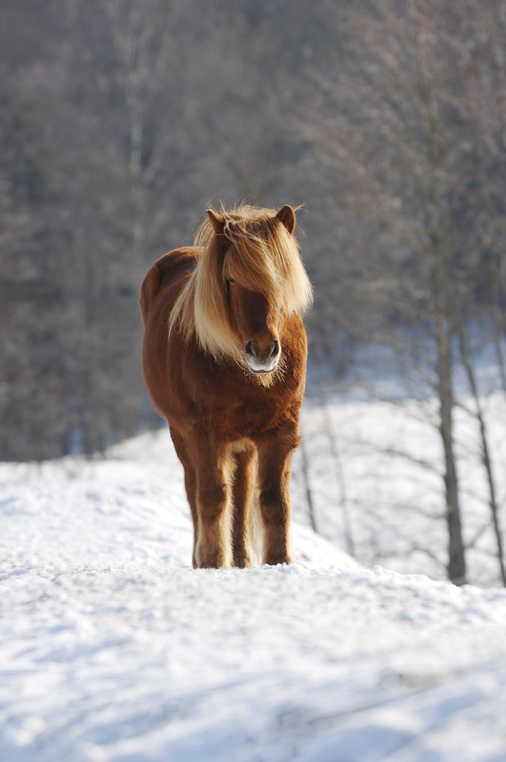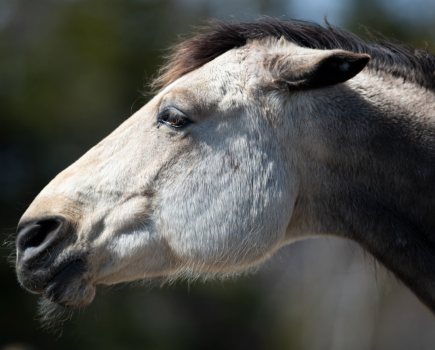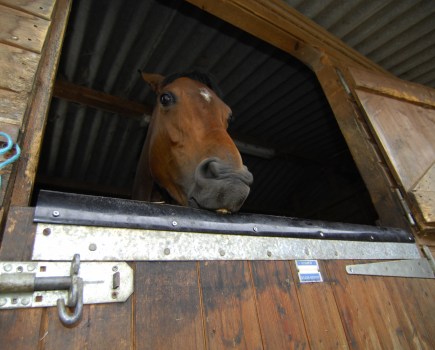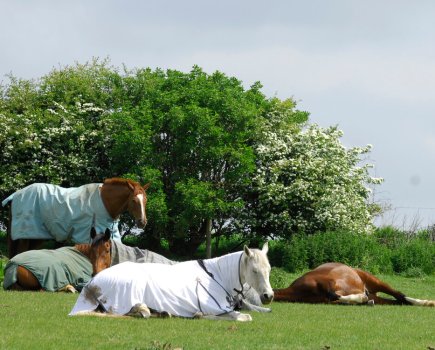Turn your horse out in a field of snow and chances are he’ll be off – rolling, playing and racing around in it, even if he hasn’t got a rug on. We couldn’t imagine doing the same naked, so why is it that our horses stay so warm? Here to explain how and why is expert Gillian Higgins.
All warm-blooded animals, ourselves and horses included, can tolerate a broad range of temperatures, reflecting the climate they evolved in.
For horses, this is a dry temperature between -9°C and 15°C.
Your horse’s skin
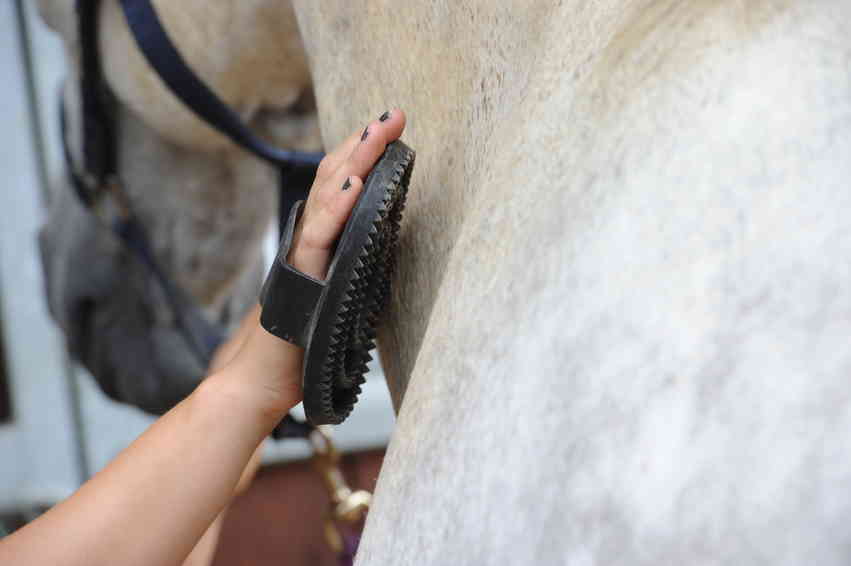
Your horse’s skin is well designed to help keep the cold at bay.
It consists of two layers, the top one being the epidermis, which is made up of several waterproof layers.
Below this is the hypodermis, which is a loose layer of connective tissue in which insulating fat is stored.
Along with this, oils from the skin act as a protective barrier to prevent it from getting wet.
This is why you shouldn’t bath or brush your horse too much in winter, particularly if he lives out, as by doing so you’ll strip his coat of these protective essential oils.
Your horse’s coat
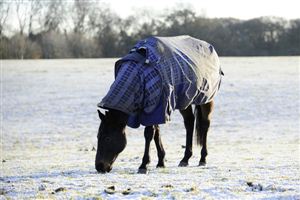 Your horse’s winter coat consist of course hair set at an angle, with a fine layer of softer downy hair beneath.
Your horse’s winter coat consist of course hair set at an angle, with a fine layer of softer downy hair beneath.
This traps pockets of air in order to create an insulating later, retain heat and act as an effective windbreak, while the downward tilt of the coat deflects falling raindrops and snowflakes before they hit the skin.
Another useful technique to trap heat is known as piloerection, similar to goose bumps in humans.
The hair seems to stand on end as the tiny muscles that elevate the hair follicles above the rest of the skin contract.
This makes the hair move vertically. In doing so, the depth of the hair increases, trapping air next to the body to create an insulating layer.
Your horse’s nose
The blunt-shaped equine muzzle is richly supplied with blood so it can withstand the bitter cold without freezing, unlike our triangular shaped nose that can be susceptible to frostbite.
Horses also have thick eyelashes, which protect their eyes from bitter winds and temperatures.
Your horse’s legs
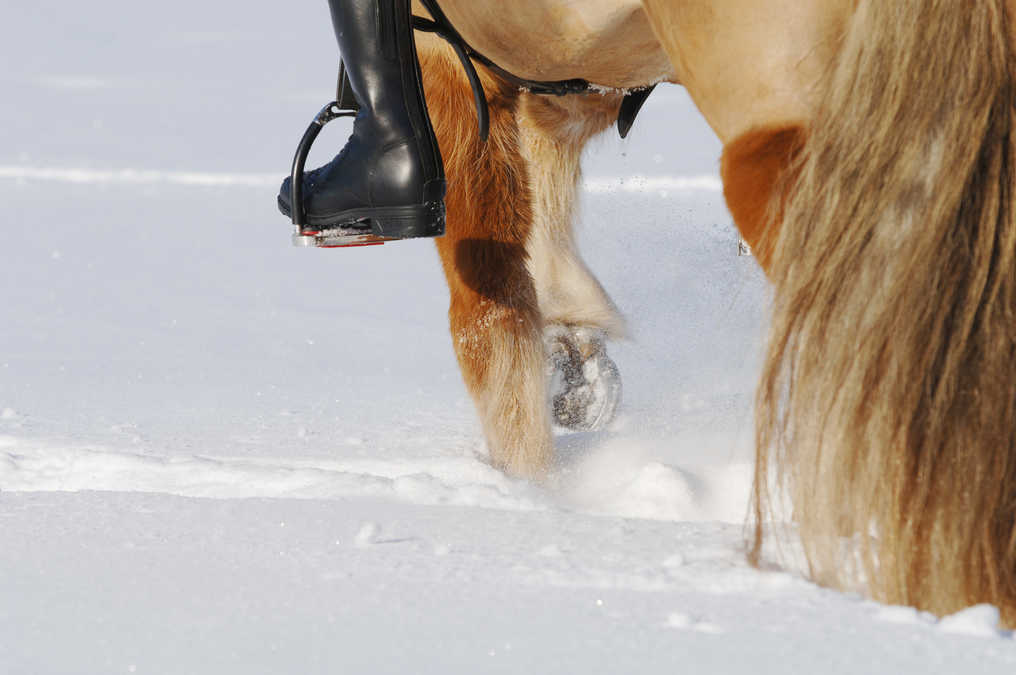 Your horse’s lower limbs are well adapted for the cold as there are no muscles below the knee, which means the cells in the leg require less blood circulation and, in turn, lose less heat.
Your horse’s lower limbs are well adapted for the cold as there are no muscles below the knee, which means the cells in the leg require less blood circulation and, in turn, lose less heat.
Horses have also developed a special strategy to stop their feet from freezing.
The small amount of blood that does reach a horse’s hoof is normally spread by capillaries.
However, when his feet get cold, a mechanism known as ‘direct shunt’ opens up in the hooves, allowing blood to flow through larger veins instead of small capillaries, helping to keep the area warm.

